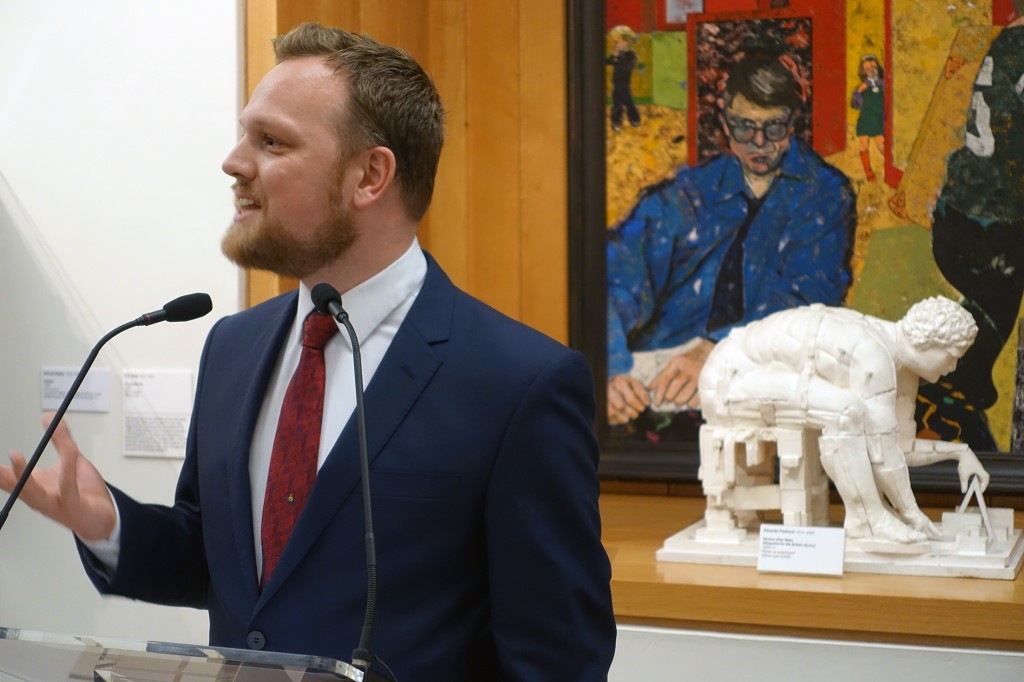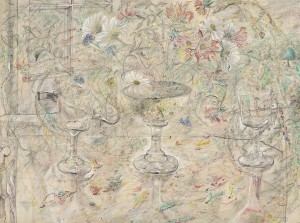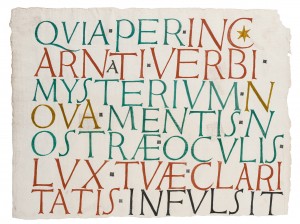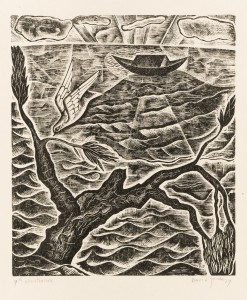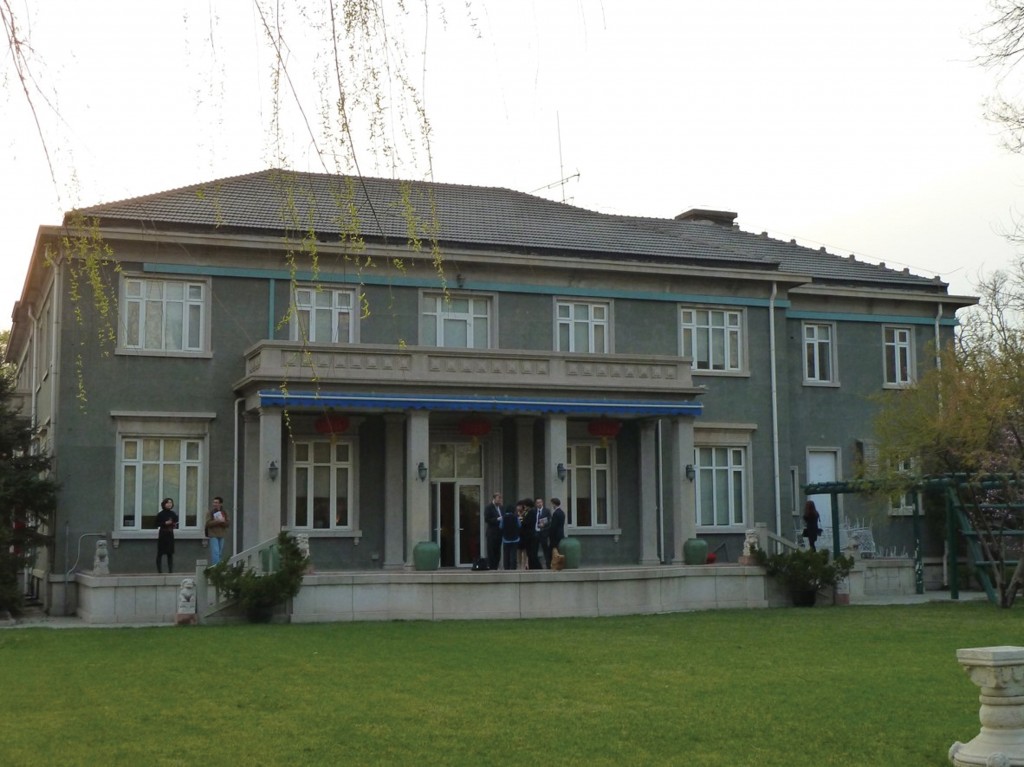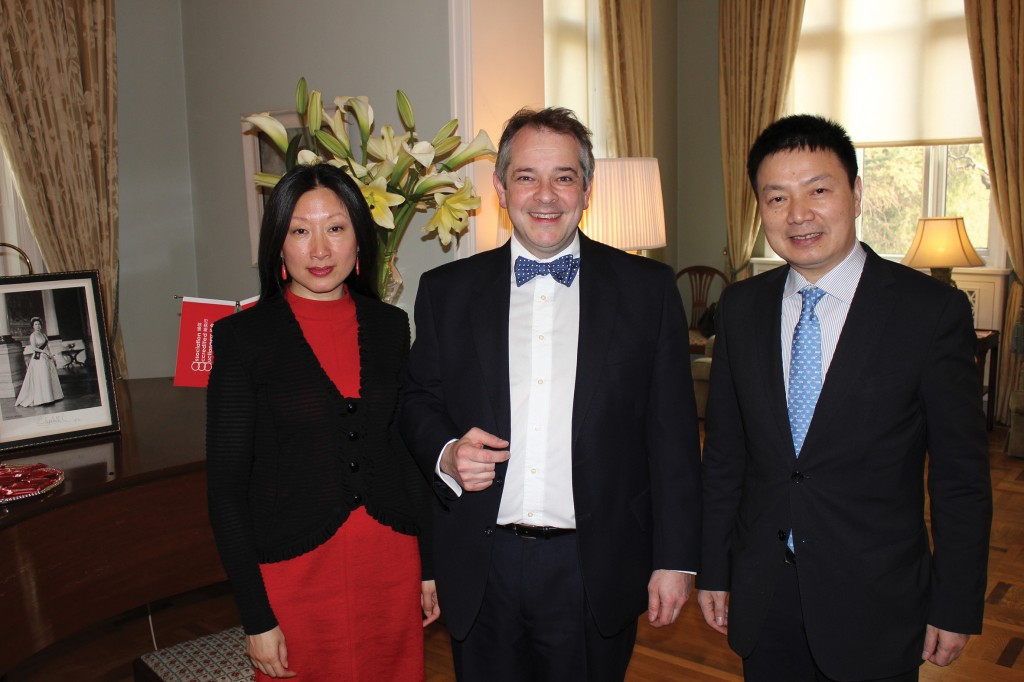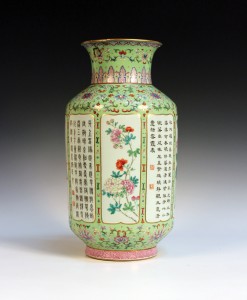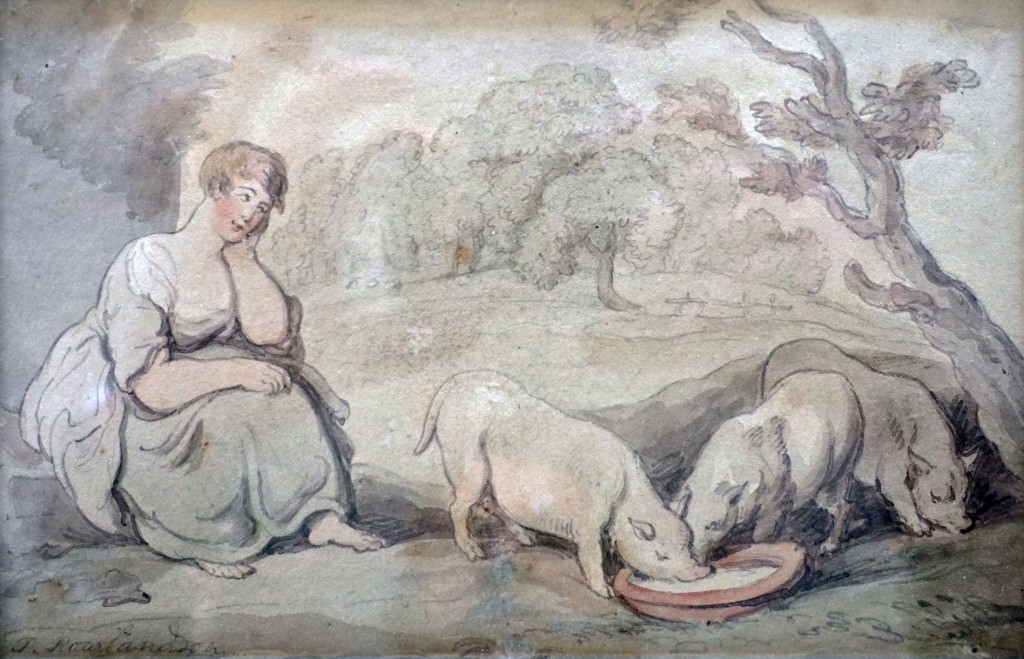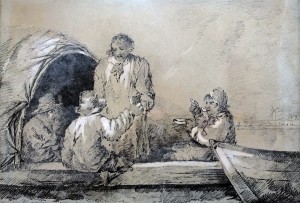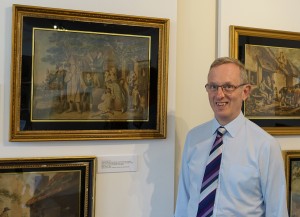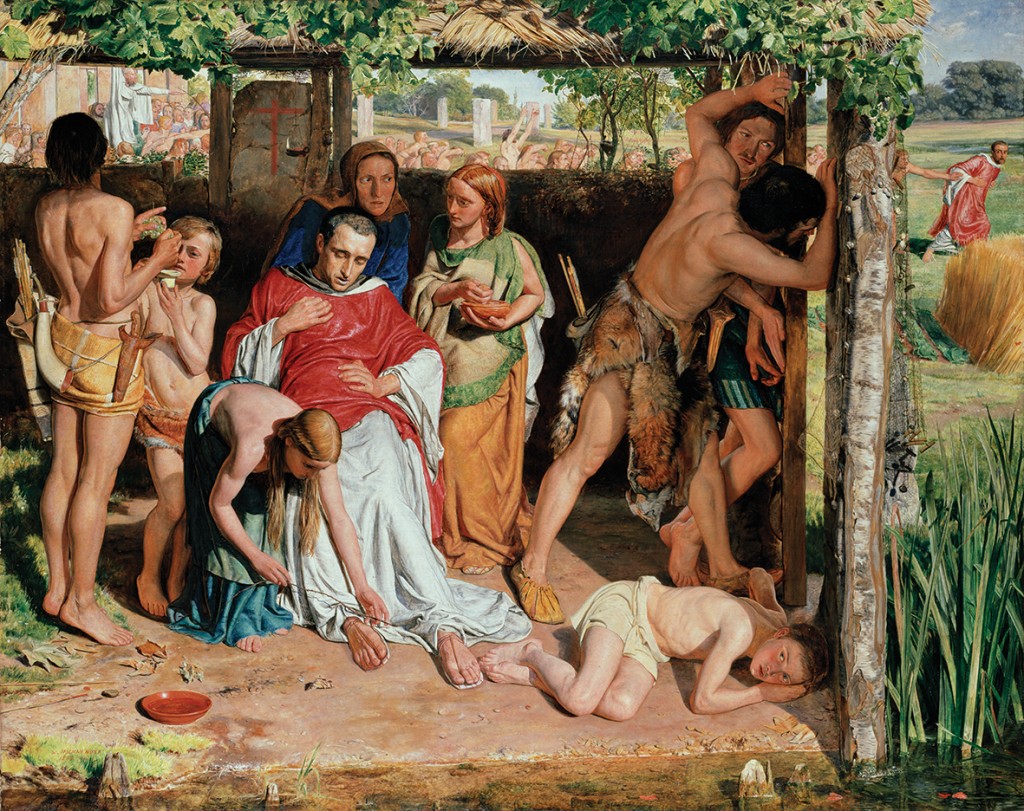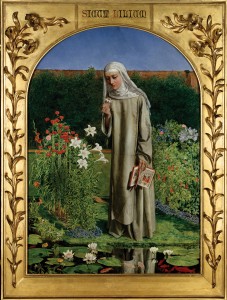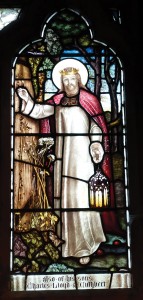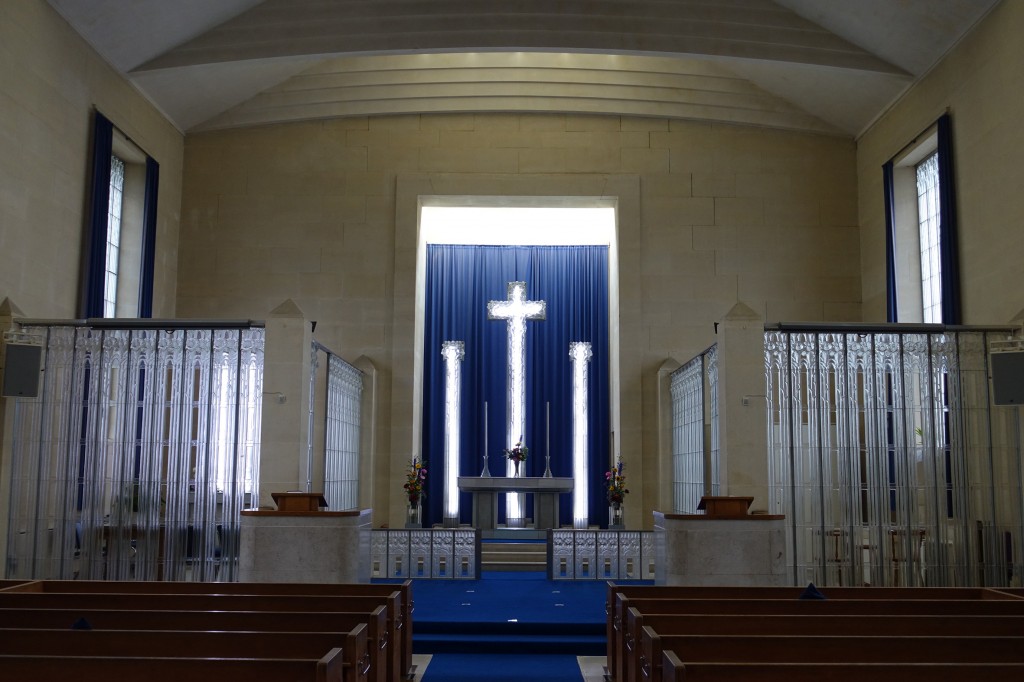
I am in the Channel Islands visiting family as I write this week’s column. My cousins, the De La Hayes, today, decided to take me to St Matthew’s. The church exterior has been described as the ‘the ugliest church in the Island’. But it has hidden delights for those who venture inside!
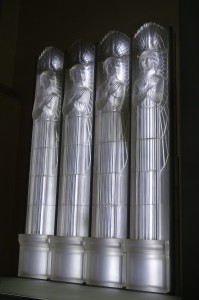
St Matthew’s is to be found at Millbrook halfway round St Aubin’s bay, on the south coast of the island of Jersey. It has been a grey day and the fine drizzly rain enfolded us as we walked from the car park towards this plain, concrete clad building. Nothing of the exterior prepares you for what awaits inside. The interior is entirely decorated with Lalique glass.
As you come into the church you are gathered into a space of great peace and light. The unity of design afforded by the work of the famous Parisian glass art designer René Lalique, and the Jersey architect A. B. Grayson, is unexpected and beautiful. Behind the altar the illuminated four metre high glass cross is decorated in relief with lilies. The Madonna lily motif is repeated throughout much of the glass decoration. The cross is flanked by two glass pillars creating a scene which brings to mind the Crucifixion. The Lady Chapel and Vestry are enclosed by glass screens. The Lalique font lends an intimacy to this sacred space.
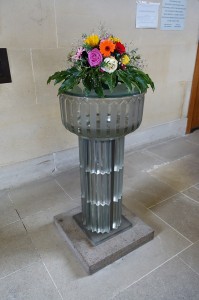
The interior was transformed in memory of the first Lord Trent, Jesse Boot, who founded Boots the chemists and lived in Jersey with his wife Florence. René Lalique and the Boots met in the South of France where they were neighbours. The Lalique glass works were famous for their bold Art Deco designs on vases, bowls and decorative objects. René Lalique was delighted when Florence offered him the commission to decorate St Matthew’s, near Villa Millbrook her Jersey home, to the glory of God and in memory of her late husband.
Lalique had accepted a commission in 1930 to redecorate La Chapelle de la Vierge Fidèle a la Deliverande at Calvados which was severely damaged during the Second World War. This design incorporated six pillars crowned with Madonna lilies, six angels formed the reredos and there was a fifteen panel glass communion rail. All these elements from the French chapel were assembled in the Pavillon de Marsan at the 1933 Paris Exhibition. Many of the components of this earlier design appear to have been incorporated at St Matthew’s, which provides the best surviving example of Réne Lalique’s important glass interior designs. The refurbished St Matthew’s church was completed and dedicated in September 1934.
I am drawn to the Lady Chapel. The heavy glass panel opens smoothly revealing the breath-taking reredos formed of four sculptural Lalique glass angels. Their arms are crossed framing their faces which express a timeless serenity. These monumental figures lead your eyes heavenwards as you pause in prayer, gathered in a space radiant with light.
On Remembrance Sunday we will reflect on the courage of those who fought, and continue to fight and give their lives, so that we might live in freedom. The courage of the Allied forces who fought in the Second World War liberated Europe and the Channel Islands from Nazi occupation. Our corporate acts of remembrance will take place in spaces like St Matthew’s, Jersey and at the Cenotaph in Whitehall, with familiar services marked by church and state. As we approach Remembrance Sunday each of us will reflect on points of love in our lives, and those we have loved and lost in acts of personal remembrance.
By Revd. Rupert Toovey. Originally published on 4th November 2015 in the West Sussex Gazette.
